
About the Talk
Eruptive History and Hazards of the Mount Baker Volcanic Field
On a clear day in Port Townsend, you can’t help but notice Mount Baker to the northeast, just beyond Bellingham. Just 60 miles away, this spectacular volcano lies restless, its history largely unknown until recently.
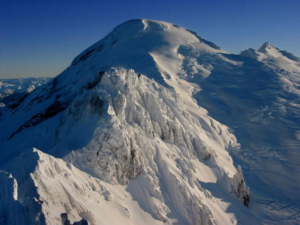 The geologic history of the Mount Baker Volcanic Field is now well documented for the past 3-4 million years. The ice-mantled cone of Mount Baker is but the youngest in a long series of eruptive centers, which includes two calderas (large eruptive cauldrons). The past 10,000 years (the Holocene) has seen a decrease in “constructional” lava flows.
The geologic history of the Mount Baker Volcanic Field is now well documented for the past 3-4 million years. The ice-mantled cone of Mount Baker is but the youngest in a long series of eruptive centers, which includes two calderas (large eruptive cauldrons). The past 10,000 years (the Holocene) has seen a decrease in “constructional” lava flows.
Conversely, “destructional” events, such as flank collapses that evolve into far more hazardous lahars are now recognized as the Holocene norm at Mount Baker. Mount Bakers historical record begins in 1843 and ironically is among the most obscure, despite eye-witnesses reports and newspaper accounts. The reasons for the famous “failed-eruption” of 1975 is the latest example of the historic puzzle; this event provided the backdrop to the modern age of volcano monitoring in the Cascade and Aleutian arcs.
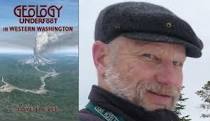 About the Speaker
About the Speaker
Dave Tucker is a Research Associate in the Geology Department at Western Washington State University (Bellingham) and Director of the Mount Baker Volcanic Research Center, which is the nucleus for ongoing volcanic research at the mountain. Dave has published (2019) Geology Underfoot in Western Washington. The book features several dozen field trips to exciting geologic sites in our region.
Book – Geology Underfoot in Western Washington (field trip guide)

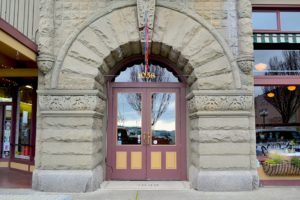
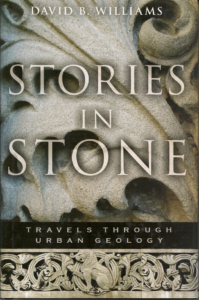 Most people do not think of looking for geology from the sidewalks of a major city, but for the intrepid traveler, any good rock can tell a fascinating story. All one has to do is look at building stone in any downtown business district to find a range of rocks equal to any assembled by plate tectonics. Furthermore, building stones provide the foundation for constructing stories about cultural as well as natural history.
Most people do not think of looking for geology from the sidewalks of a major city, but for the intrepid traveler, any good rock can tell a fascinating story. All one has to do is look at building stone in any downtown business district to find a range of rocks equal to any assembled by plate tectonics. Furthermore, building stones provide the foundation for constructing stories about cultural as well as natural history.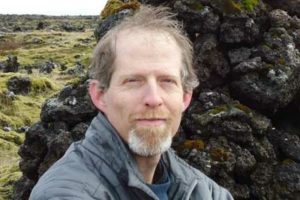
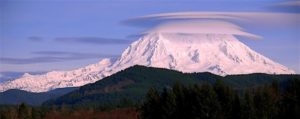
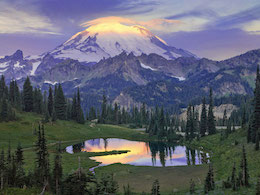
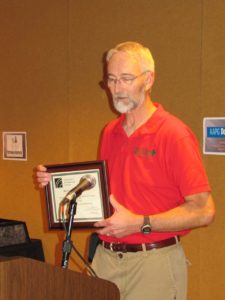 About the Speaker
About the Speaker